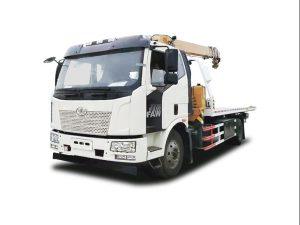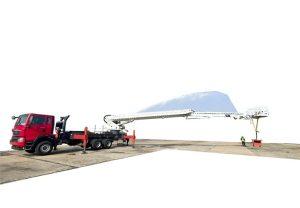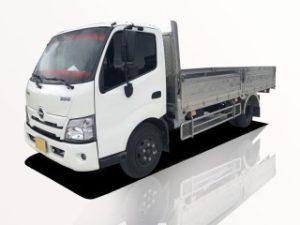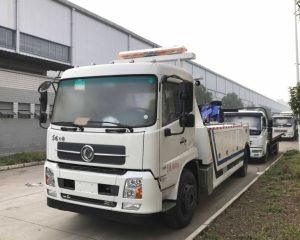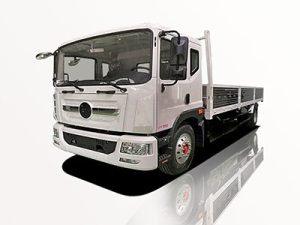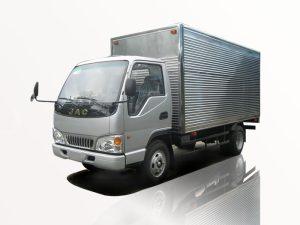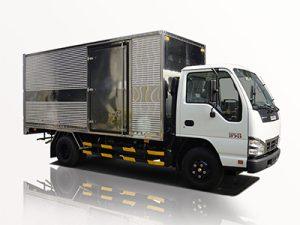Monday to Saturday - 8:00 -17:30
Understanding Garbage Truck Dimensions: A Complete Guide
When it comes to municipal waste management, garbage trucks play an integral role. Understanding their dimensions can help city planners, waste management companies, and even average citizens appreciate their functionality better. This article delves into various aspects of garbage truck dimensions, why they matter, and how they affect garbage collection efficiency.
The Importance of Garbage Truck Dimensions
Garbage truck dimensions are crucial for several reasons:
- Space Management: Knowing the size ensures that trucks can navigate through streets and fit in designated areas.
- Efficiency: Optimizing dimensions can improve collection efficiency, allowing more waste to be transported per trip.
- Compliance: Adhering to local regulations regarding vehicle sizes can prevent fines or operational delays.
Common Garbage Truck Dimensions
Garbage trucks come in various types and sizes, which influence their dimensions. Here are the standard dimensions across different categories:
Standard Dimensions
| Garbage Truck Type | Length (ft) | Width (ft) | Height (ft) |
|---|---|---|---|
| Rear Loader | 20-30 | 8 | 10-12 |
| Front Loader | 25-35 | 8 | 10-12 |
| Semi-Auto | 23-30 | 8 | 10-12 |
| Compactor Truck | 25-40 | 8 | 10-12 |
Understanding Variations
The dimensions can vary significantly based on the manufacturer, design, and intended use. Specialized trucks designed for narrow streets or high-density areas may have reduced dimensions. It’s essential to consult manufacturer specifications for precise measurements.
Types of Garbage Trucks and Their Specific Dimensions
Rear Loader Trucks
Rear loader trucks are among the most common types used for residential collection. Their design allows waste to be loaded from the back, making them ideal for use in urban environments.
Dimensions
Typically, a rear loader can be around 20-30 feet in length, 8 feet wide, and 10-12 feet high. The compacting mechanism can add to the height slightly, depending on its design.
Advantages
- Ideal for residential areas where space is limited.
- Easy access for waste loading by workers.
Front Loader Trucks
Designed mainly for commercial and industrial use, front loaders are known for their robust structure and ability to handle larger waste containers.
Dimensions
A typical front loader measures between 25 and 35 feet in length, 8 feet in width, and 10-12 feet in height, depending on the model.
Advantages
- Excellent for high-density waste collection scenarios.
- High lifting capabilities for larger dumpsters.
Semi-Automatic Trucks
Semi-automatic garbage trucks offer a blend of manual and automatic loading processes. These trucks feature an automated arm that helps lift waste bins while maintaining some manual operation.
Dimensions
The dimensions for semi-automatic trucks range from 23-30 feet in length, maintaining a consistent width of 8 feet and height of 10-12 feet.
Advantages
- Reduces labor costs by utilizing automated features.
- Maintains efficiency through quick bin handling.
Compactor Trucks
Compactor trucks are designed to compact waste inside the vehicle, allowing for more efficient transport and reducing the number of trips needed.
Dimensions
These trucks usually have lengths ranging from 25-40 feet, with a width of 8 feet and height varying between 10-12 feet.
Advantages
- Maximizes the waste volume per trip, leading to cost savings.
- Offers better waste management in areas with stringent waste disposal regulations.
Factors Affecting Garbage Truck Dimensions
Regulatory Compliance
Each region may have different regulations regarding vehicle sizes. It’s essential for municipalities to be aware of these rules to avoid potential fines or operational delays.
Operational Needs
The size of the garbage truck must align with the volume of waste generated in an area. Denser urban locations may require smaller, more maneuverable vehicles, while rural areas might accommodate larger trucks.
Environmental Considerations
With growing environmental concerns, manufacturers are creating smaller trucks that can navigate residential streets while minimizing their ecological footprint. These trucks reduce emissions and noise pollution, making them more suitable for residential settings.
Choosing the Right Garbage Truck Size
Selecting the correct size of garbage truck can significantly influence operational efficiency and service quality. Here are several factors to consider:
Waste Volume and Type
Understanding the type and volume of waste collected can guide the selection of an appropriate vehicle. For example, a community generating high amounts of commercial waste may require larger front loader trucks, while residential areas may use smaller rear loaders.
Neighborhood Layout
Navigating narrow streets or cul-de-sacs necessitates smaller and more agile garbage trucks. Planning routes to accommodate the dimensions of the vehicle is essential for timely waste collection.
Future Growth Projection
When investing in garbage trucks, consider future growth in waste generation. Buying larger vehicles than currently needed can save on future investment costs if waste generation increases.
Practical Tips for Managing Garbage Truck Routing
Regular Assessments
Conduct regular reviews of collection routes to ensure efficiency. Assess whether certain areas require different truck types based on size or waste volume.
Real-Time Tracking
Implement tracking technology to monitor garbage truck locations. This allows for swift adjustments to routes and can help optimize collection schedules.
Community Engagement
Engage with the community to gather feedback. Understanding residents’ concerns can allow garbage collection services to make necessary adjustments based on real-world experiences.
FAQ Section
1. What are the average dimensions of a garbage truck?
The average dimensions of a garbage truck can range from 20-40 feet in length, 8 feet in width, and 10-12 feet in height, depending on the type.
2. Why do garbage truck dimensions vary?
Dimensions vary based on truck design, intended use, and manufacturer specifications. Different trucks are built for varying densities and types of waste.
3. How can I determine the right truck size for my waste collection needs?
Consider the volume and type of waste generated in your area, your neighborhood layout, and future growth projections to select the appropriate size.
4. What impact do truck dimensions have on waste collection efficiency?
Garbage truck dimensions influence how easily and efficiently they can navigate streets, the amount of waste transported per trip, and overall operational costs.
5. Are there smaller garbage truck options available?
Yes, many manufacturers create compact garbage trucks specifically designed for narrow streets or residential areas to improve efficiency without sacrificing performance.
6. How often should garbage truck routes be reassessed?
It’s recommended to reassess garbage truck routes frequently, at least once or twice a year, or whenever significant changes occur in community waste generation patterns.


